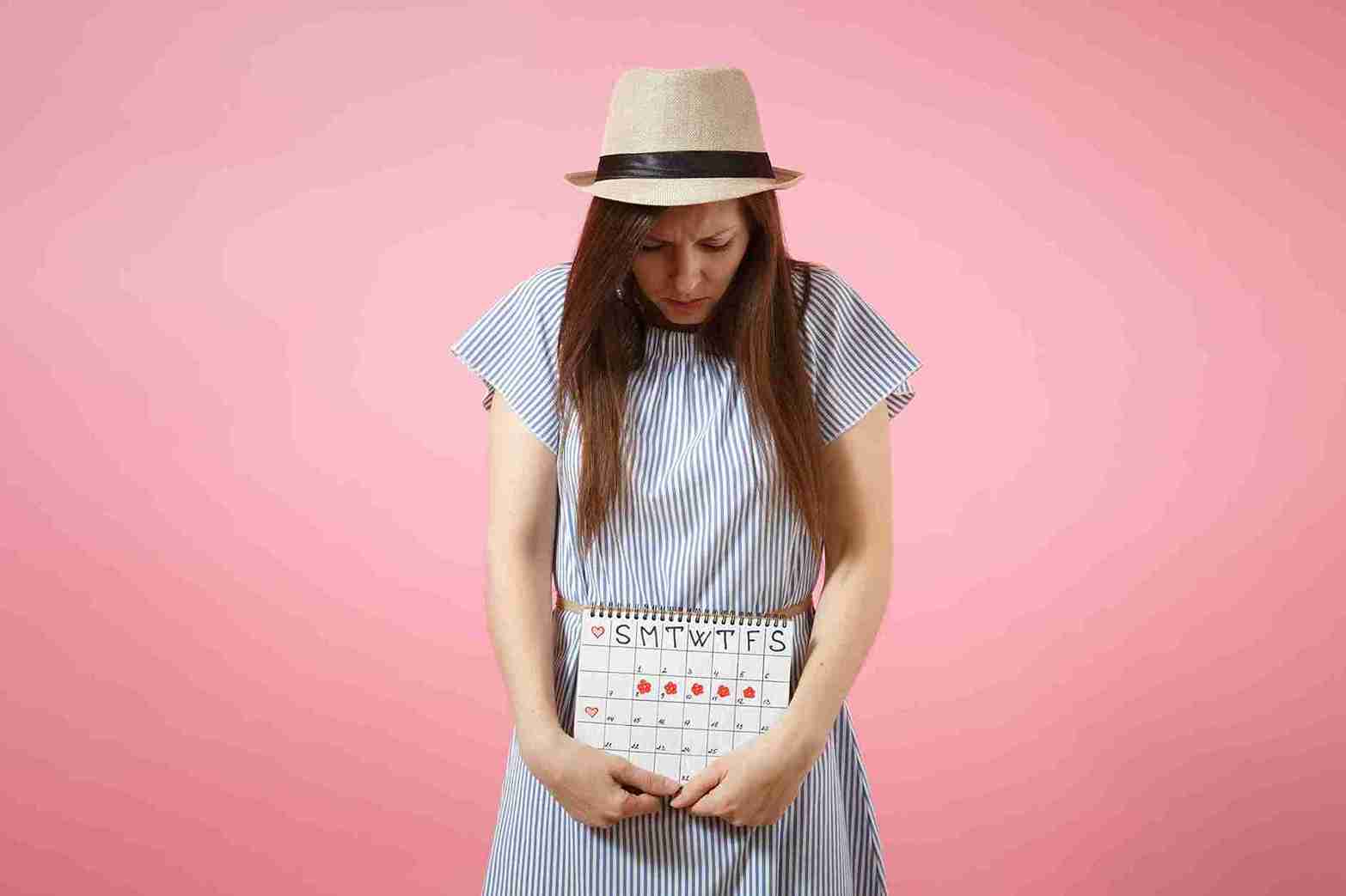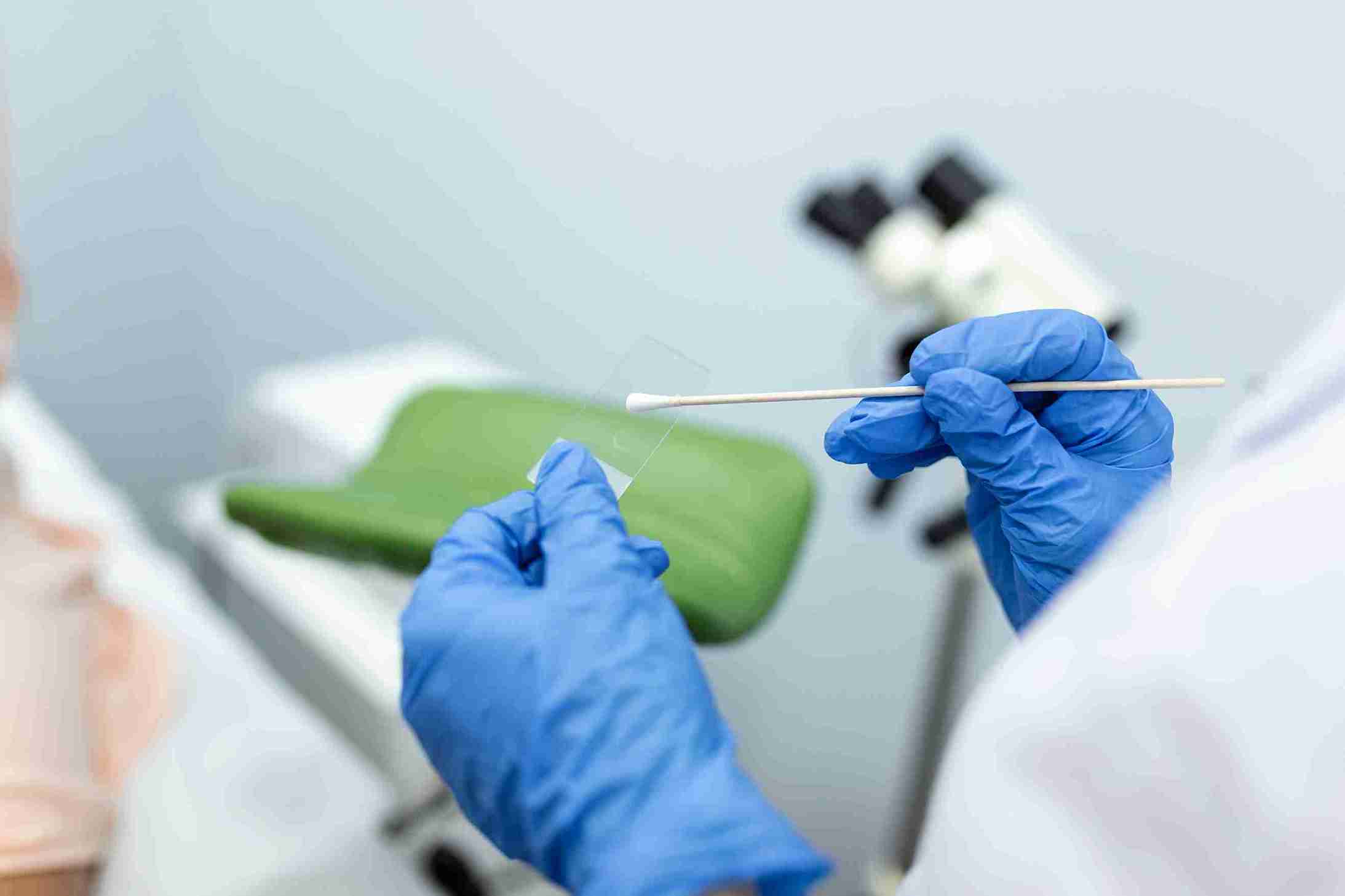
The prospect of undergoing the first IVF cycle can often feel overwhelming. From keeping track of the IVF injection schedule to awaiting pregnancy test results, each and every stage of the whole IVF process needs to be understood perfectly in order to maximize the chance of a successful conception. So, in this article, we have covered the basic steps involved in a single IVF cycle, thus ensuring a better understanding of the entire procedure.

First, let’s take a quick look at the different phases that make up a typical menstrual cycle, as this will enable us to understand the significance of each step taken during the IVF process.
The first day women get their period is considered the first day of the menstrual cycle. Menstrual bleeding, or menses, occurs when the thick, nutrient-rich endometrium (inner lining) of the uterus is shed via the vagina. This is a sign that pregnancy has not happened. During the menses phase, women usually bleed for 3 to 7 days.
The follicular phase begins on the first day that menstrual bleeding is noticed. It will last for around 13 to 14 days till the ovulation phase. During this phase, the woman’s body begins to prepare itself for potential pregnancy. Simultaneously, the pituitary gland will release follicle-stimulating hormone (FSH) to stimulate the growth of egg-carrying follicles within the ovary. Of these, only one follicle will create a fully mature egg. Increased levels of the estrogen hormone, triggered by elevated levels of FSH, will stimulate the uterus to thicken its inner lining, to enable future implantation of a fertilized egg.
In a typical 28-day cycle, the ovulation phase begins around the 14th day. During this phase, a sudden increase in luteinizing hormone (LH) triggers the release of the fully matured egg. This egg will travel to the fallopian tube, where it will wait to be fertilized by sperm. This phase usually lasts for around 24 hours.
This is the last phase of the menstrual cycle and begins once ovulation has occurred. During this phase, the follicle that released the mature egg transforms into a progesterone-releasing structure called the corpus luteum. The elevated levels of this hormone help keep the uterus lining ready for implantation. If fertilization has occurred, the egg will travel to the uterus and embed itself into the uterine lining. If not, the entire lining will be shed, and the menstrual cycle will begin once more.
Sometimes, due to various factors, couples may struggle to conceive a baby, despite trying for a long time. In such cases, doctors may recommend In-vitro Fertilization (IVF), which is a type of assisted reproductive technology (ART). Simply put, it is a treatment method in which embryos are formed in a laboratory using retrieved eggs and sperm.

IVF is needed when any of the following happen:
● The woman suffers from conditions like endometriosis, PCOS, uterine fibroids, blocked fallopian tubes or other female reproductive organ abnormalities.
● The man suffers from fertility issues like low sperm count, sperm deformities, male reproductive organ abnormalities, erectile dysfunction, etc.
● There are repeated miscarriages, stillbirths, etc.
● Unexplained fertility issues, with no apparent cause.
When IVF has been recommended as the ideal course of treatment, a series of tests will be performed to assess overall health and to gauge the root cause of the fertility issues that the couple is facing. There will be blood tests, physical examinations, semen analysis, ultrasound scans, etc. Once these are done, appropriate and timely steps will be taken so as to move forward with the IVF cycle.
Given below are the steps involved in a typical IVF cycle. Please note that the timelines and the IVF injection schedule may vary from case to case:
Sometimes, the fertility doctor may prescribe estrogen pre-treatment or oral contraception pills that contain both estrogen and progesterone. This is usually done to:
● Synchronise the antral follicles before starting IVF stimulation
● Maximise the quantity of mature eggs,
● Prevent the development of ovarian cysts.
Pre-treatment can last for around 1-3 weeks depending on the type of medication used. It will usually be done in the luteal phase after ovulation. Or from day 2 of period if it’s an oral contraceptive pill.
The goal of ovarian stimulation is to induce multiple follicles to mature at the same time, instead of just one as usual. This ensures a greater number of mature eggs that can be retrieved for fertilisation.
Fertility doctors will prescribe injections that contain synthetic or purified forms of FSH and LH. These will need to be taken daily, a couple of days after the first day of the menstrual period. Throughout the ovarian stimulation period, lasting around 10-12 days, there will be intermittent ultrasound scans and hormonal tests to ensure the follicles are developing at an appropriate rate.
When a lot of follicles have grown to an appropriate size, then it’s time to administer the “trigger shot”, the medication that triggers follicular maturation and later ovulation. Usually administered exactly 34-36 hours before the egg retrieval process, this injection helps the eggs within the follicles reach the final stage of maturation.

Around 34-36 hours after the trigger shot, the IVF egg retrieval process will start. Under general anesthesia, using a thin suction needle is inserted via the vagina under the guidance of an ultrasound probe, the mature eggs will be plucked out from each follicle. This process generally takes less than half an hour.
During this time, semen will be collected from men.
In the lab, using procedures like In Vitro Fertilzation (IVF) or Intracytoplasmic sperm injection (ICSI), the eggs will be fertilized with the sperm. IVF involves simply placing the eggs and sperm in a dish containing culture medium, thereby allowing the sperm to enter the egg on its own. However, ICSI involves injecting a sperm directly into the egg, and it has been shown to have a higher success rate. After a few hours, it will become possible to confirm whether fertilisation has occurred.
Once fertilization is confirmed, the embryo will be monitored for the next few days. Their growth and development will be constantly assessed, usually for three to six days. Preimplantation genetic testing (PGT) may be done to screen for any genetic abnormalities, whenever indicated.
Embryo transfer can be in the same cycle of egg retrieval or as a frozen embryo trasnfer in later months after the after egg retrieval procedure. Incase of fresh embryo transfer around 3-5 days after egg retrieval, once viable embryos have been identified, one or two embryos will be transferred to the uterus via a flexible, thin catheter inserted through the vagina. This procedure is done under the guidance of an ultrasound. It usually does not require anaesthesia and is completed in about 10 minutes.
There will be a surge in a pregnancy hormone called human chorionic gonadotropin (hCG) when the embryo successfully implants itself into the uterine lining. So, a few days after the embryo transfer process, usually around 2 weeks, a pregnancy test will be performed to detect the presence of this hormone. A positive pregnancy blood test will confirm the success of the IVF cycle.
In case the IVF cycle was unsuccessful, you will be asked to wait for a month before attempting again.

Now that we have seen the entire IVF process explained, it is vital to understand that successful conception via IVF is dependent on many other factors as well. Before undergoing IVF, you will have to be both physically and mentally prepared for the challenges that lie ahead, especially if this is the first cycle of treatment. Adopt a healthier lifestyle by eating wholesome and nutritious meals, taking prenatal supplements, managing stress and avoiding unhealthy substances like caffeine, tobacco and alcohol. With careful planning and by being informed about every step in the process, your chances of achieving a successful conception will increase.

A single IVF cycle typically starts ovarian stimulation and administration of the trigger shot. Egg retrieval is performed under anaesthesia and sperm is collected by either ejaculation or sperm retrieval procedures, after which eggs and sperms are fertilized in the lab. Once a viable embryo is identified, it will be transferred to the uterus or frozen, to be transferred in subsequent cycles. Two weeks later, a pregnancy test by measuring the serum beta HCG levels will be conducted to confirm pregnancy status.

One IVF cycle usually takes around 4 to 6 weeks, but this may vary from case to case.

You will be mildly sedated during the egg retrieval process to minimize discomfort. After that, your legs will be placed in stirrups, and an ultrasound probe will be inserted into your vagina to locate the ovaries and their follicles. After this, the egg retrieval process will begin.

IVF treatment does not require bed rest. After the egg retrieval and embryo transfer procedure, you may be advised to avoid heavy exercises and exertion.